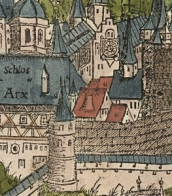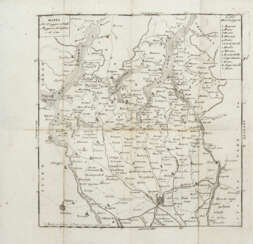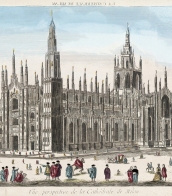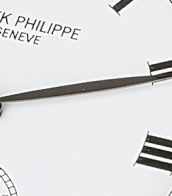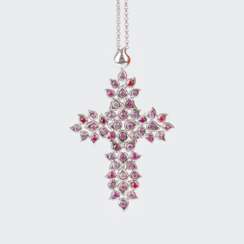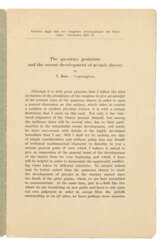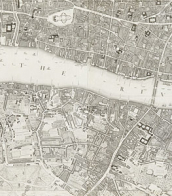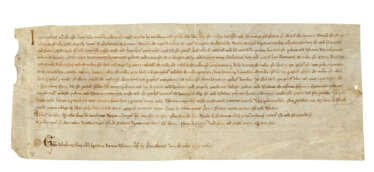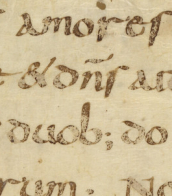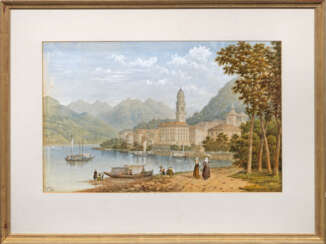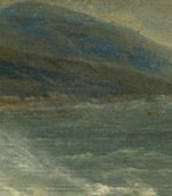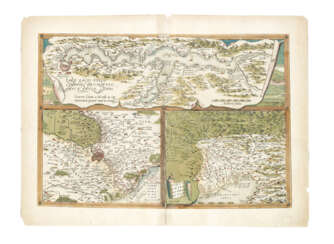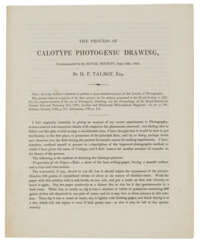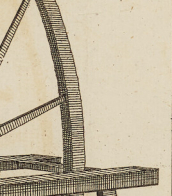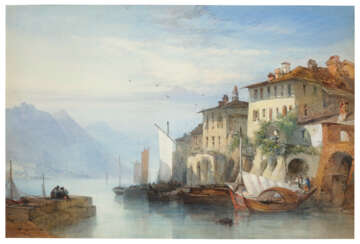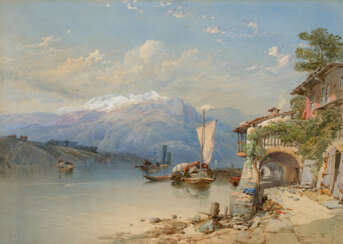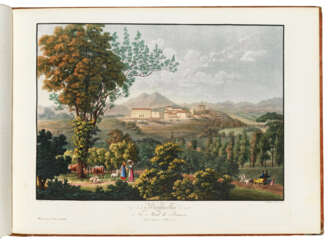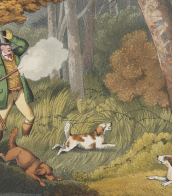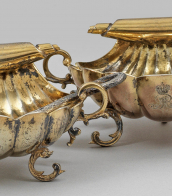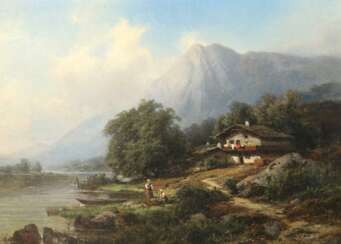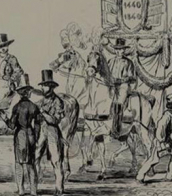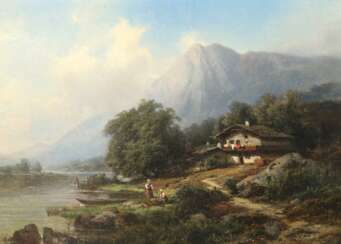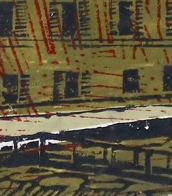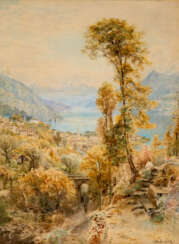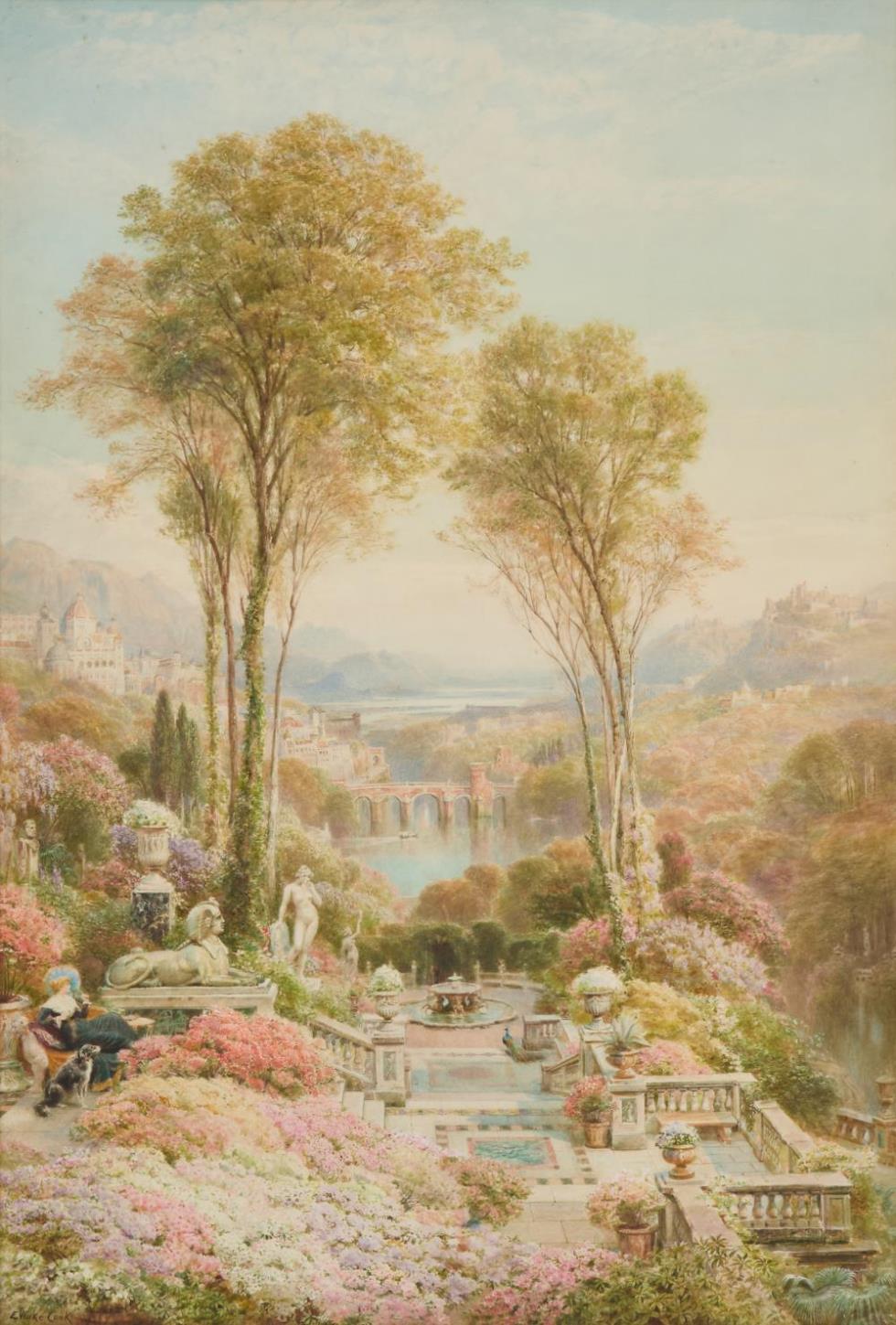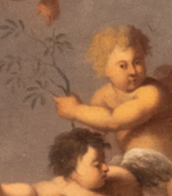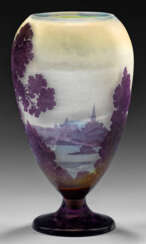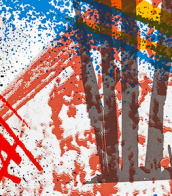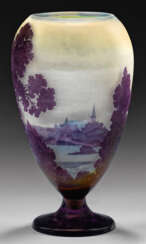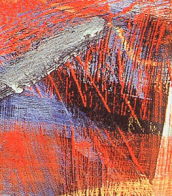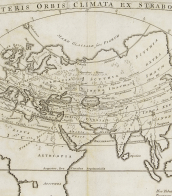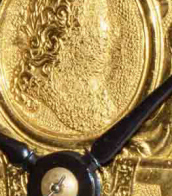lake como
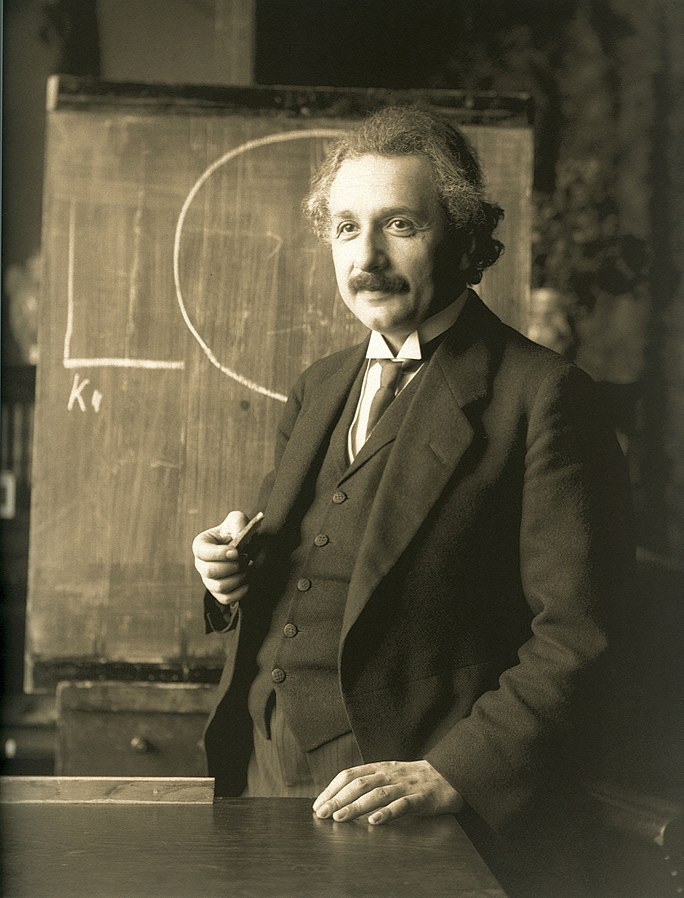
Albert Einstein was a German-born theoretical physicist, widely acknowledged to be one of the greatest and most influential physicists of all time. Einstein is best known for developing the theory of relativity, but he also made important contributions to the development of the theory of quantum mechanics. Relativity and quantum mechanics are together the two pillars of modern physics. His mass–energy equivalence formula E = mc2, which arises from relativity theory, has been dubbed "the world's most famous equation". His work is also known for its influence on the philosophy of science. He received the 1921 Nobel Prize in Physics "for his services to theoretical physics, and especially for his discovery of the law of the photoelectric effect", a pivotal step in the development of quantum theory. His intellectual achievements and originality resulted in "Einstein" becoming synonymous with "genius".

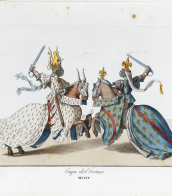
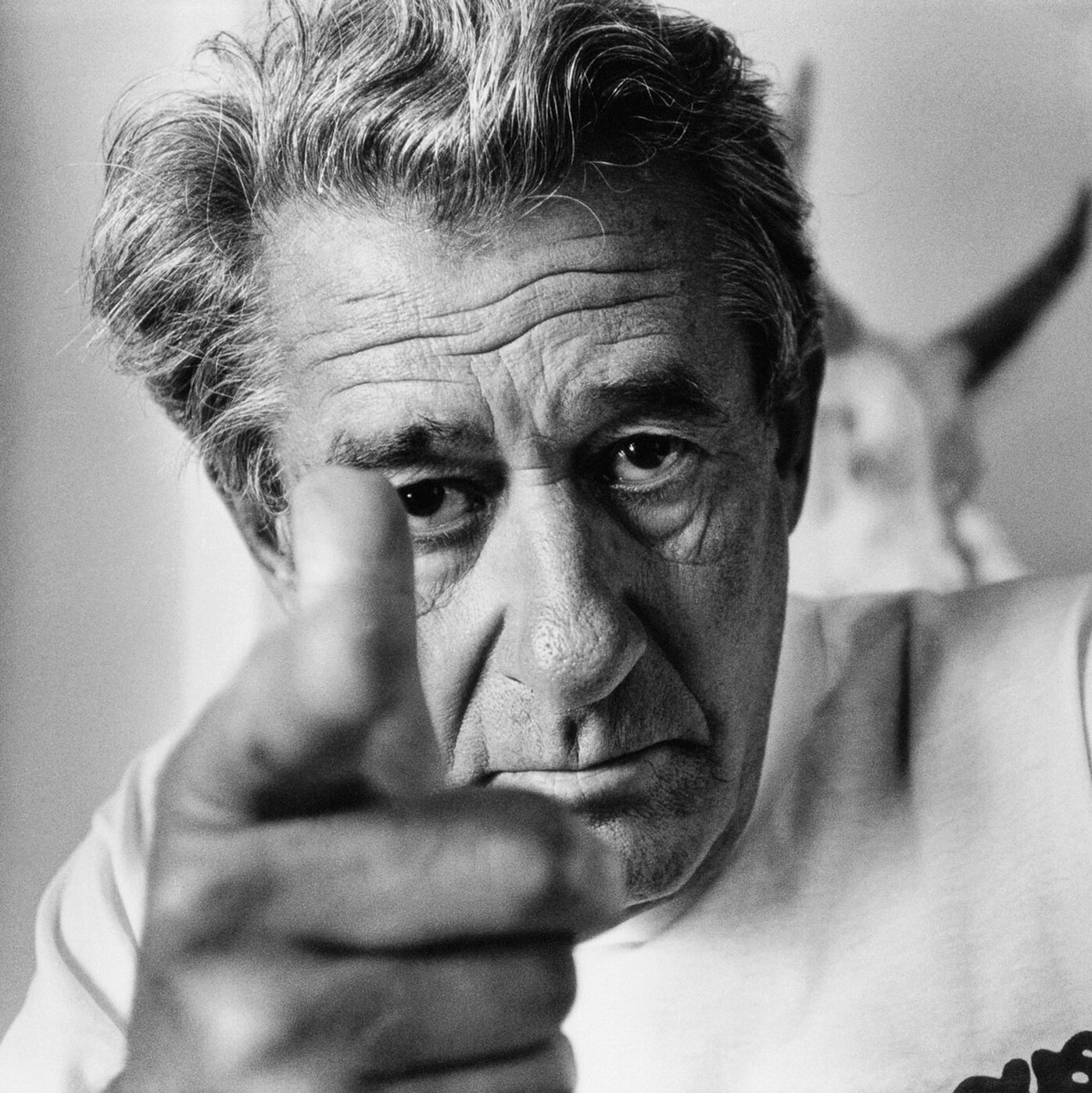
Helmut Newton (born Helmut Neustädter) was a German-Australian photographer. The New York Times described him as a "prolific, widely imitated fashion photographer whose provocative, erotically charged black-and-white photos were a mainstay of Vogue and other publications."
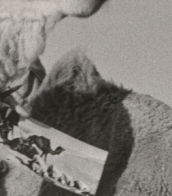
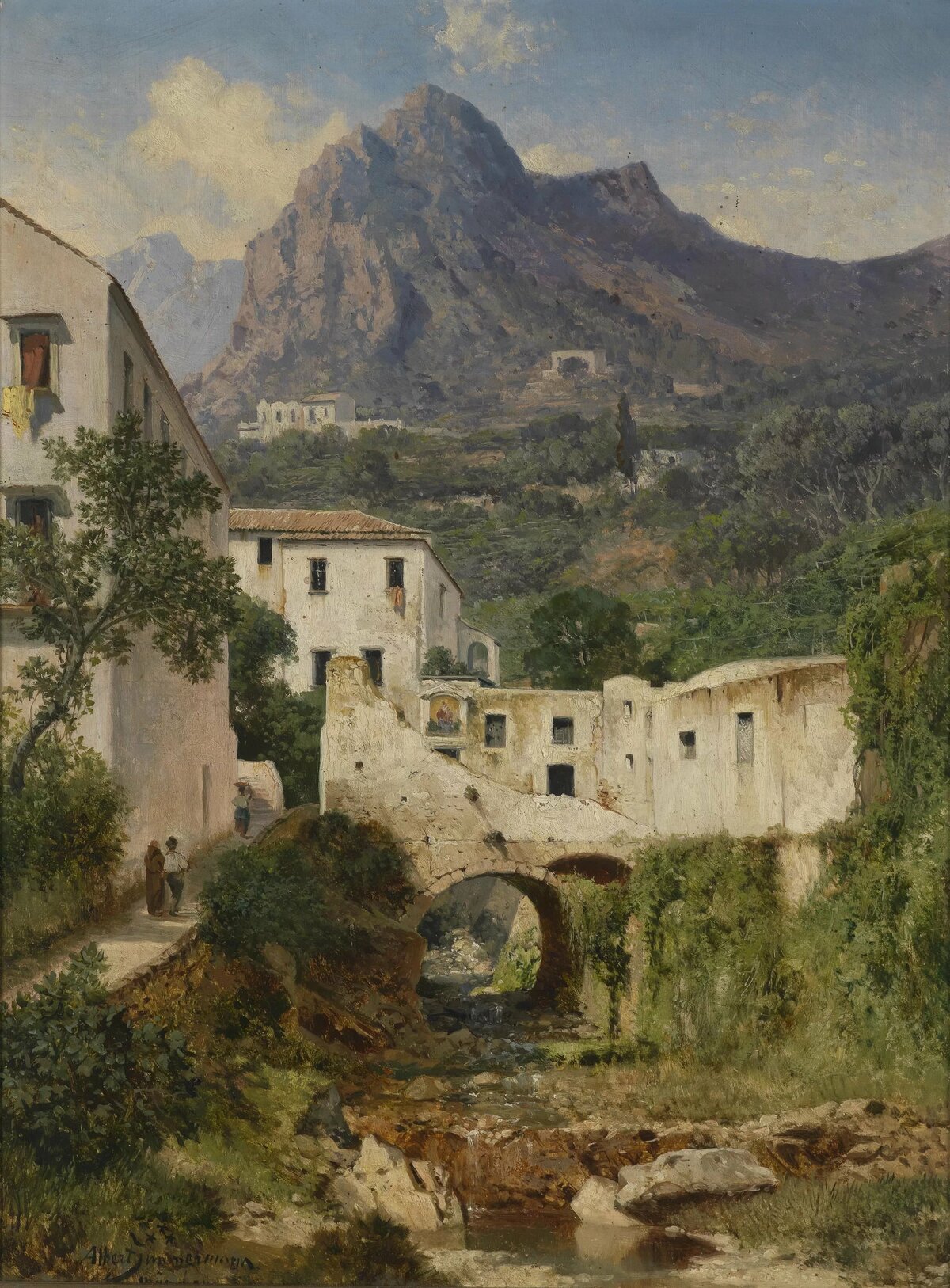
August Albert Zimmermann was a German artist. The eldest of the artist brothers Max, Robert and Richard Zimmermann.
Albert Zimmermann studied painting at the Dresden University School of Fine Arts and, from 1831, at the Munich Academy. In Munich the artist created a school of landscape painting that was popular with the locals. Since 1857 August Albert Zimmermann is professor of painting at the Accademia di Belle Arti di Brera in Milan.
Zimmermann was a major representative of heroic-historical landscape painting. He chose subjects for his canvases as a rule among mountainous terrain, often using events from biblical history. Later he created poetic pictures of idyllic nature.
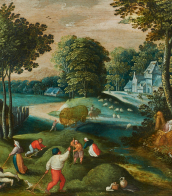
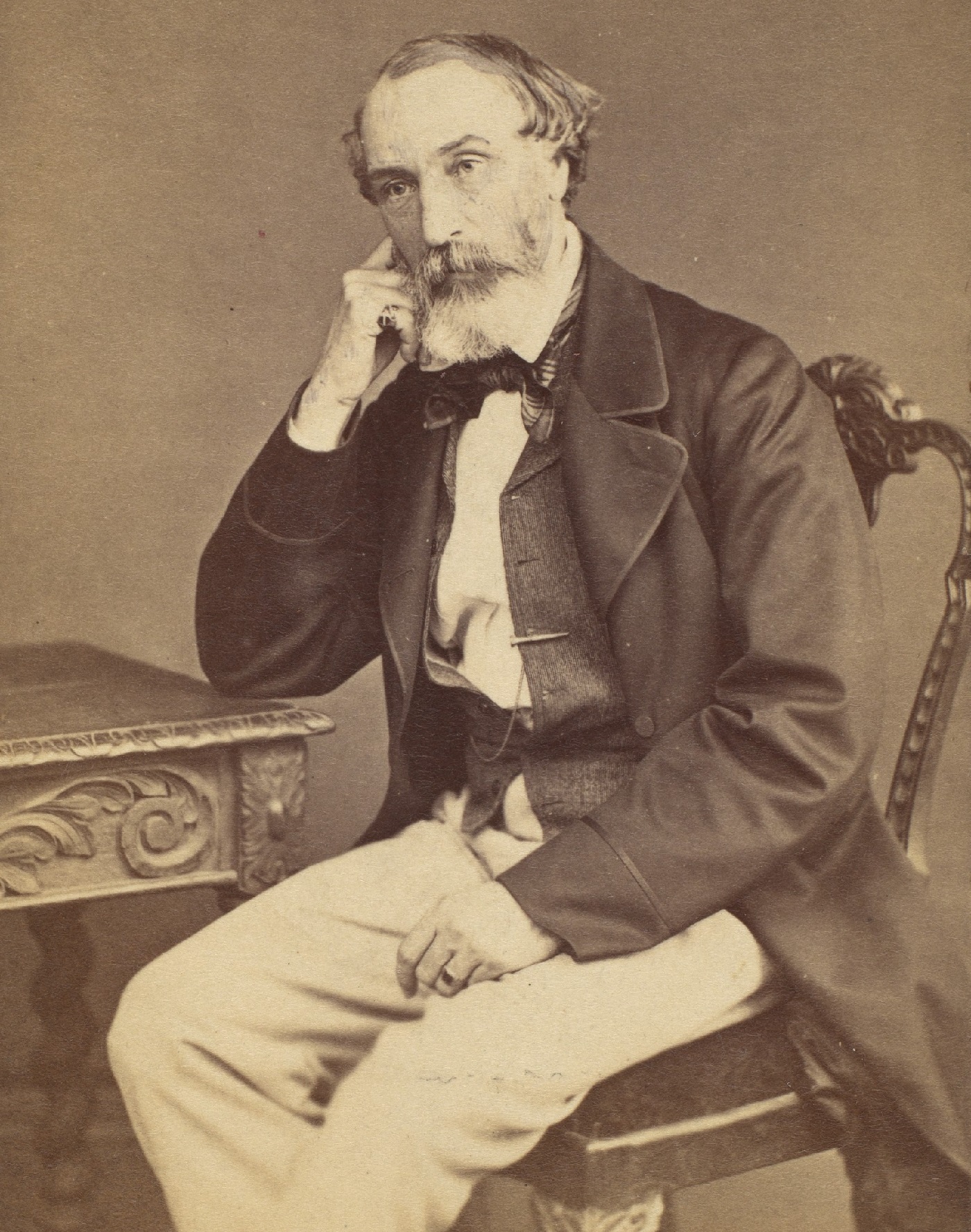
William Callow was an English landscape painter, engraver and water colourist.
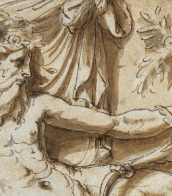
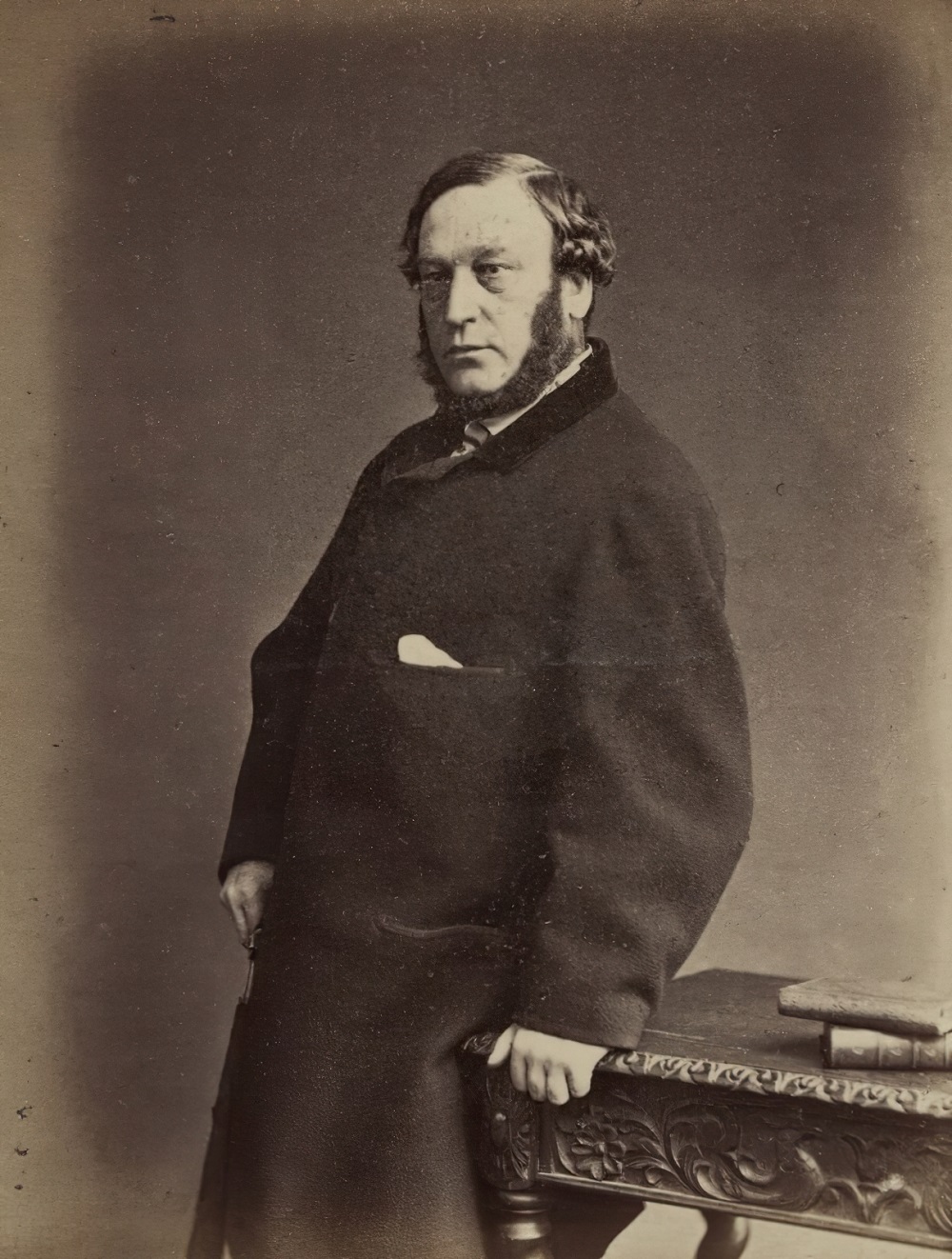
Thomas Miles Richardson II was an English landscape painter and watercolourist.

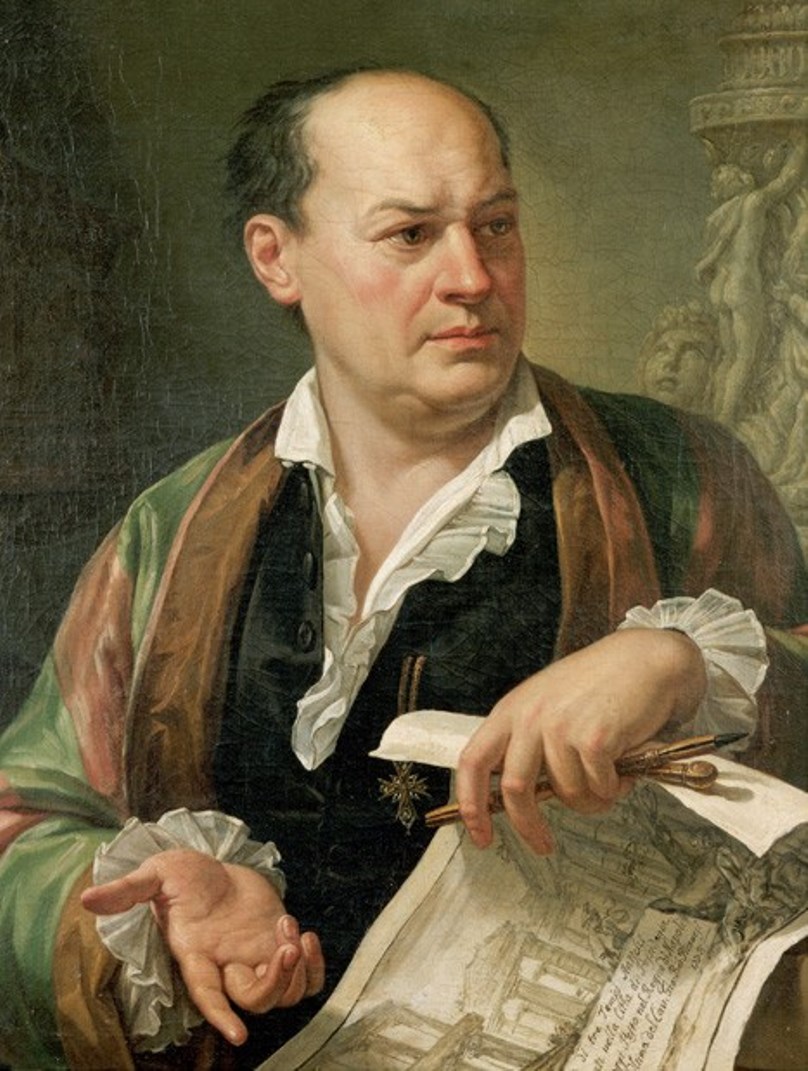
Giovanni Battista Piranesi was an 18th-century Italian painter, engraver, architect, and archaeologist who represented Neoclassicism and Romanticism. He was famous for creating a lot of original etchings with images of antique architecture monuments.
Giovanni Piranesi created hundreds of drawings and drafts in which he depicted the reconstructed ruins of ancient Roman buildings. His works are still used as teaching aids in the education of architectural students in many prestigious European universities. Piranesi periodically printed voluminous books with dozens of his own engravings depicting modified ancient architectural masterpieces - "graphic fantasies". His works were in demand among professional architects, who borrowed Piranesi's original ideas for their designs.
The peak of Piranesi's career came in the 1760s when, in recognition of his merits, he became an honorary member of the Guild of St. Luke and received from the Pope the title of Knight of the Golden Spur.
More than 700 of the master's original etchings have survived, printed in scholarly works.



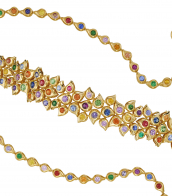
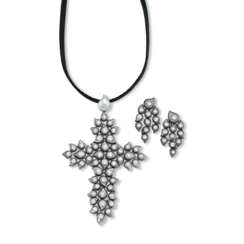

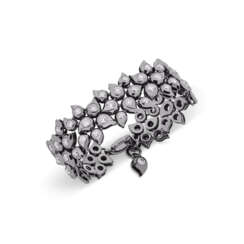

![[COMO - ZUCOLI, Luigi e Federico LOSE] - Una serie di 5 vedute colorate a mano all'epoca che illustrano diversi monumenti fra cui la Certosa di Pavia](/assets/image/picture_942593/f0b55/wjt7e-lhf9s9niqyf8we8xrsemkgm-3aeuxvlolbjgqry2silshbabxe4zfnxne1596201885jpg__fix_374_244.jpeg)
![[COMO - ZUCOLI, Luigi e Federico LOSE] - Una serie di 5 vedute colorate a mano all'epoca che illustrano diversi monumenti fra cui la Certosa di Pavia](https://veryimportantlot.com/assets/image/picture_942593/f0b55/wjt7e-lhf9s9niqyf8we8xrsemkgm-3aeuxvlolbjgqry2silshbabxe4zfnxne1596201885jpg__fix_374_244.jpeg)
